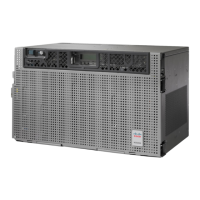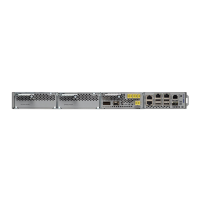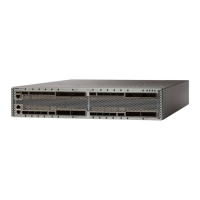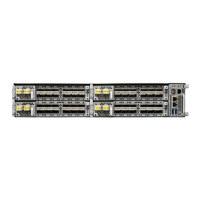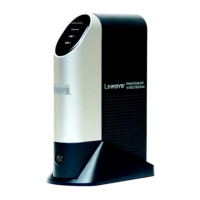d) If the alarm is correctly reported, go to Step 3, on page 76. If not, close the CTC application, delete the CTC cache,
and open the CTC connection again. Then, go to Step 1, on page 75.
If the discrepancy persists, log into the Technical Support Website at http://www.cisco.com/techsupport
for more information or call Cisco TAC (1 800 553-2447) in order to report a service-affecting problem.
Note
Step 3 Measure the new Span Loss value after the fiber is repaired.
a) In the node view (single-shelf mode) or shelf view (multishelf mode) of both nodes for to the span, click the
Maintenance > DWDM > WDM Span Check tabs.
b) Click Retrieve Span Loss Values to retrieve the latest loss data.
The two values retrieved at each node level (west side and east side) refer to the two fibers coming into
the node from the adjacent nodes, so they apply to different spans. To complete the measurement in
Step 4, on page 76, the appropriate values must be taken into account.
Note
Step 4 Compare the Span Measurements done in Step 3, on page 76 with the Span Losses values used during the network
design with Cisco TransportPlanner.
Step 5 For the two fibers belonging to the repaired span, identify the one for the W–E line direction.
• If the Span Loss Change is greater than 1 dBm, continue with Step 6, on page 76.
• If the Span Loss Change is 1 dBm or less, move to Step 9, on page 76.
Step 6 Clean the LINE-RX and LINE-TX connectors of the DWDM cards that manage the fiber of the repaired span.
Step 7 If the problem persists, continue with the next step. If not, you have finished the corrective action.
Step 8 If the Span Loss Change is greater than 1 dBm and the APC-OUT-OF-RANGE condition still exists, it is mandatory
to again repair the fibers to reestablish the expected span loss value.
Invisible laser radiation could be emitted from the end of the unterminated fiber cable or connector.
Do not stare into the beam directly with optical instruments. Viewing the laser output with certain
optical instruments (for example, eye loupes, magnifiers, and microscopes) within a distance of 100
mm could pose an eye hazard. Statement 1056
Warning
Before disconnecting any optical amplifier card fiber for troubleshooting, ensure that the optical amplifier
card is unplugged.
Note
If this is not possible and the new value of Span Loss cannot be modified, log into the Technical Support
Website at http://www.cisco.com/techsupport for more information or call Cisco TAC (1 800 553-2447) in
order to report a service-affecting problem
Note
Step 9 For the two fibers belonging to the repaired span, identify the fiber for the east to west (E–W) line direction.
Step 10 Repeat the procedure from Step 6, on page 76 to Step 8, on page 76for the E–W direction.
OCHNC Circuits Creation Failure
OCHNC circuit creation is managed by the Cisco Wavelength Path Provisioning (WPP) network application.
The WPP application helps prevent errors during new circuit activation (if the wavelength is already allocated
in the path between source and destination) and also guarantees an appropriate time interval between one
circuit activation and the next to enable proper amplifier gain regulation by APC.
Cisco NCS 2000 series Troubleshooting Guide, Release 11.0
76
General Troubleshooting
OCHNC Circuits Creation Failure
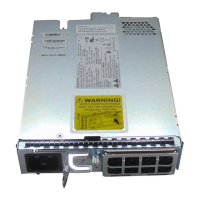
